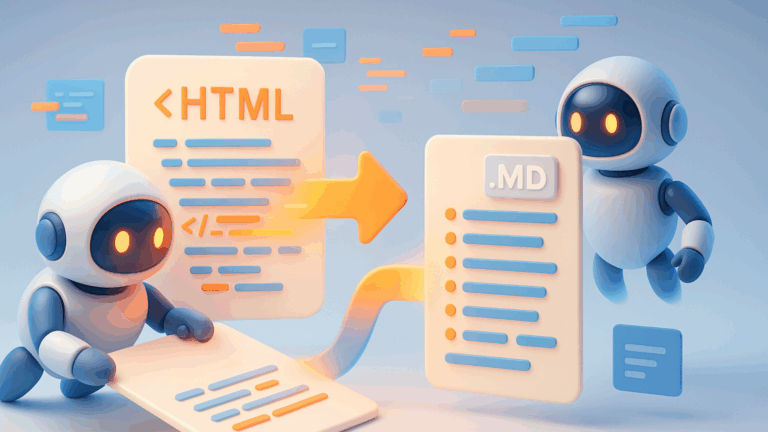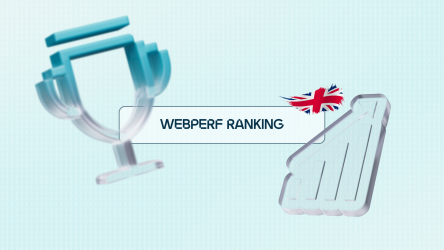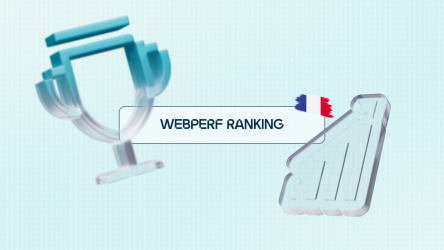Imagine asking a question in Perplexity. The answer is clear, well structured… yet no trace of your site. Frustrating. Your content was there in the HTML somewhere. What if AI bots don’t take the time to fully parse it? What if they favour simpler, more readable formats?
This is still a hypothesis, but it’s gaining ground: Markdown could become a standard format for SEO AI bots. Less verbose, more structured, easier to interpret, it checks many boxes for being more understandable and reusable by models.
Why does this shift interest SEO experts so much? To understand, we must first see how search itself is evolving.
When SEO meets generative AI
Online search is undergoing a transformation. Where Google once gave us a list of “blue links,” AI engines like Perplexity, ChatGPT, Gemini, etc., now offer direct, synthetic answers.
In other words, they don’t just index your pages: they read them, chunk them, reuse them in their own generated results.
Behind this shift lies a process very different from traditional SEO. These engines lean on the RAG (Retrieval‑Augmented Generation) model:
-
They crawl the web, like Googlebot, to build a knowledge base.
-
For each query, they retrieve relevant fragments (snippets, chunks).
-
These fragments feed into a LLM (Large Language Model), which generates the final response.
Imagine a vast library. RAG acts as the librarian. When you ask a question, they don’t read hundreds of books—they choose a few relevant extracts, the chunks, and give them to the AI to formulate a crisp response.
Implication: your content is no longer judged solely by its SERP rank, but by its ability to be understood and reused by AI models. SEO shifts from a clicks logic to a logic of citation: being included in an “AI snapshot” can matter as much—or more than a top ranking.
In this context, the data format becomes a strategic factor. That’s where Markdown comes in.
Why AI is drawn to markdown
While HTML is the web’s native language, Markdown is emerging as the preferred language for AI engines. Why? Because its simplicity aligns perfectly with algorithmic needs.
A new standard for AI agents
Autonomous AI agents — capable of browsing, interacting, extracting — increasingly adopt Markdown as a reference format. Why? Because it is lighter, more readable, faster to process by LLMs.
Tools like Crawl4AI and Firecrawl already support HTML → Markdown conversion, and models like ReaderLM-v2 are trained to restructure messy HTML automatically. The result: massive efficiency gains.
For instance, converting a raw Amazon product HTML page to targeted Markdown can reduce token volume from 896,000 to fewer than 8,000, a 99% saving. This is a strategic lever for content that’s intended to be readable, usable, and citable by AI agents.
Less noise, more structure
HTML is verbose, full of boilerplate tags (<div>, <span>, classes, attributes…). Markdown, by contrast, keeps only the essentials: headings, paragraphs, lists, tables. This uniform structure is a major asset for AI : it eases chunking, a crucial step in RAG pipelines.
For generative models, it’s like converting a scribbled draft into a clean manuscript ready for use.
Markdown ticks many technical boxes that appeal to AI: simplicity, efficiency, structure. But it also has limitations from a classical SEO perspective.
Markdown pitfalls for SEO
Despite its technical perks, Markdown is not a silver bullet. Misuse may even harm traditional SEO performance. Here are key pitfalls to anticipate:
Duplicate content risk
Publishing both an HTML version for humans and a Markdown version for bots can result in two versions of the same page. Example:
-
https://www.example.com/product/shoes.html -
https://www.example.com/product/shoes.md
Without safeguards, that’s duplicate content, detrimental for SEO. Worse: if the Markdown version gets indexed, you lose control of your SEO.
Dual maintenance
Managing two formats means maintaining two sources of truth. Each update must be replicated. Most CMS systems aren’t built for that. This operational burden can become a headache. It evokes the early AMP era: appealing on paper, hard in practice.
Targeting useful content
You don’t need to convert the entire page. LLMs care most about strategic zones: headings, descriptions, editorial content, spec tables. Menus, footers, boilerplate dilute the signal. So converting only strategic zones is essential : it reduces token load and enhances reused content relevance.
Faced with duplication, dual maintenance, and fine targeting challenges, adopting Markdown without an appropriate process can quickly become problematic.
html to markdown : our simple, fast & effective answer
To address these issues, we developed the html to markdown feature, built into our Recommandation SEO application. It lets you enjoy Markdown’s benefits without suffering operational constraints. The goal: turn identified blockers into genuine SEO levers.
With it, your HTML pages are converted to Markdown dynamically and in real time. No need to maintain two versions: you edit your <html> page, and we auto‑update it to Markdown for AI bots.
This process does not generate a separate .md URL to manage. Our solution detects AI bots (GPTBot, PerplexityBot, Claude…) and serves them the Markdown version, while human users continue seeing the classic HTML page. With Recommandation SEO, you can even enrich pages specifically for AI bots.
EdgeSEO lets you test and adopt Markdown without operational pain: no dual maintenance, no duplication, and surgical targeting that reduces unnecessary noise. It’s the perfect moment to seize this opportunity. A configuration that takes 10 minutes or less to deploy can make all the difference for your visibility in AI engines.
Towards an HTML + Markdown Strategy
The future of SEO won’t lie in an HTML vs Markdown duel, but in their complementarity. HTML remains indispensable: it’s the universal web language, structuring user experience and forming the basis of traditional indexing. But for AI engines craving clear, structured, lightweight data, Markdown may well become the preferred format.
In that light, a hybrid approach is pragmatic:
-
HTML for human visitors and classic Google indexing.
-
Markdown for AI bots, who appear to process it more efficiently.
Nothing is set in stone. It might be a long‑term trend, or just an intermediate phase. But one thing is clear: waiting without testing is risky.
With our html to markdown recipe, EdgeSEO lets you embody that “Test & Learn” approach: enable conversion in a few clicks, target the useful zones, and observe results. No friction, no technical dependencies — just a concrete way to evaluate whether Markdown can boost your visibility in the AI ecosystem.
AI engines read, summarise, cite… and autonomous agents will only amplify this trend. Markdown is already their preferred format. With html to markdown, you get ahead — without effort, without risk, without dual maintenance.
Ready to test? Request a demo and discover how to make your pages AI‑ready in 10 minutes flat.





















